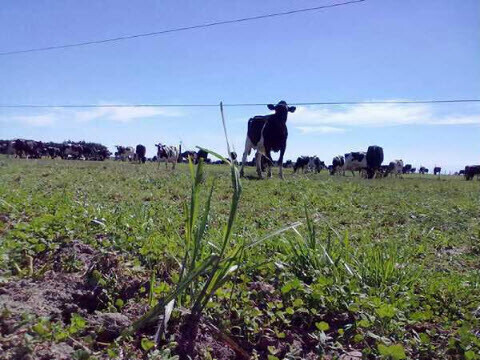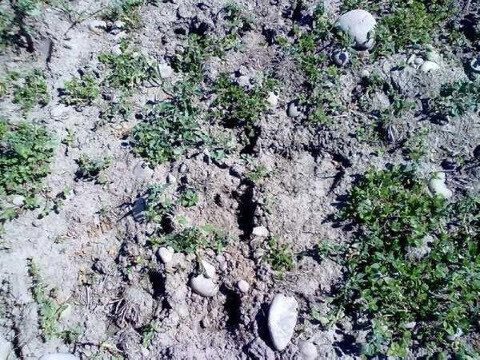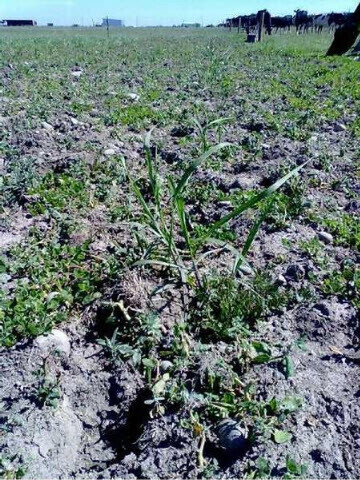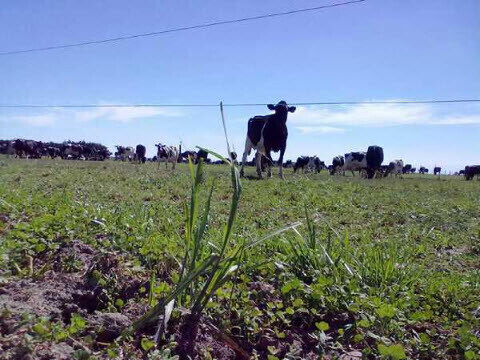February Update
This month has seen a continuation of last month’s dry and hot weather causing very dry conditions. This is being reflected in the occurrence of two severe bush fires near two of the farms where Miscanthus giganteus (MxG) has been planted. Fortunately at Aylesbury farm where all MxG plantings are irrigated this hot weather has produced ideal growing conditions.
MxG is a warm season perennial grass that is a useful cellulosic bio energy crop due to its high yield potential. It is a C4 grass, as is maize , which means it is a very efficient user of water and grows better in warmer conditions. This has enabled it to survive at Karetu farm in the absence of irrigation and where the soil is poor. Lack of water at Karetu has started to cause visible stress in some of the weaker plants but this will become less of an issue as the plants develop and send down their deep tap root.
Reseach indicates that Miscanthus has a very low nutrient removal rate compared to other potential bioenergy crops. The plant reportably has a remarkable ability to turn only modest amounts of nutrients into large amounts of biomass. Testing of this during this research will include monitoring soil nutrient levels and MxG dry matter yields over the next three years. Of interest is that some MxG plantings, those on Karetu farm, will receive no additional nutrients and additional water supply whereas plants on Aylesbury farm will, due to being planted within the milking platform, receive nutrients supplied to the pasture. This is not deliberate but will be due to some fertiliser spread on the pasture reaching the MxG plots.
One of the potential benefits of MxG on dairy farms is that it is multi-functional. As well as generating ecosystem services through its role of providing shelter, which are being measured as part of this research, it can be used to produce silage, if cut early, or material similar to straw when harvested when mature. Nutrient analysis of plant material is at present being undertaken by Miscanthus New Zealand. The plant is certainly palatable as inadvertently tested when cows broke through fencing on Aylesbury farm when power to the fence was lost! A back- up system is now available to reduce the risk of this. Research indicates that regrowth from grazing is rapid providing the growing point is not damaged through trampling. This was certainly the case in this instance as the following pictures illustrate.
Fig 1 Heavy grazing of MxG plants removed above ground vegetation
Progress to date
Fig 2 Plants had a well developed root system facilitating rapid regrowth
Monitoring of soil moisture levels, water input and pasture production is now well underway. This has been possible due to the excellent co-operation and assistance from Samuel Dennis and his team at Agresearch. C-dax pasture meter readings are being used to monitor pasture growth. At present the aim is to monitor the control areas and eventual sheltered areas to try and ensure these areas are as similar as possible before the shelter effect develops next season. Whole pasture records are also recorded to provide furher information for this research and for Agresearch’s work on yield analysis.
Pot trials are now mature enough to enable testing of equipment to monitor expected shelter effects on plant transpiration and photosynthesis rates. Steven Stillwell and I will be testing equipment over the coming weeks.
Monitoring of bumble bee motels placed in six MxG paddocks has revealed that out of 48 motels placed with 4 compartments in each motel only one compartment showed any sign of occupancy. This is in line with expectations due to motels being placed towards the end of the bee nesting season and also bumble bees tend to crawl through patches of long grass when searching for nesting places. These are in short supply on intensive dairy farms and is one reason why plantings of MxG may lead to a higher occupancy rate of these motels in the future.
Fig 3 MxG two weeks after grazing





